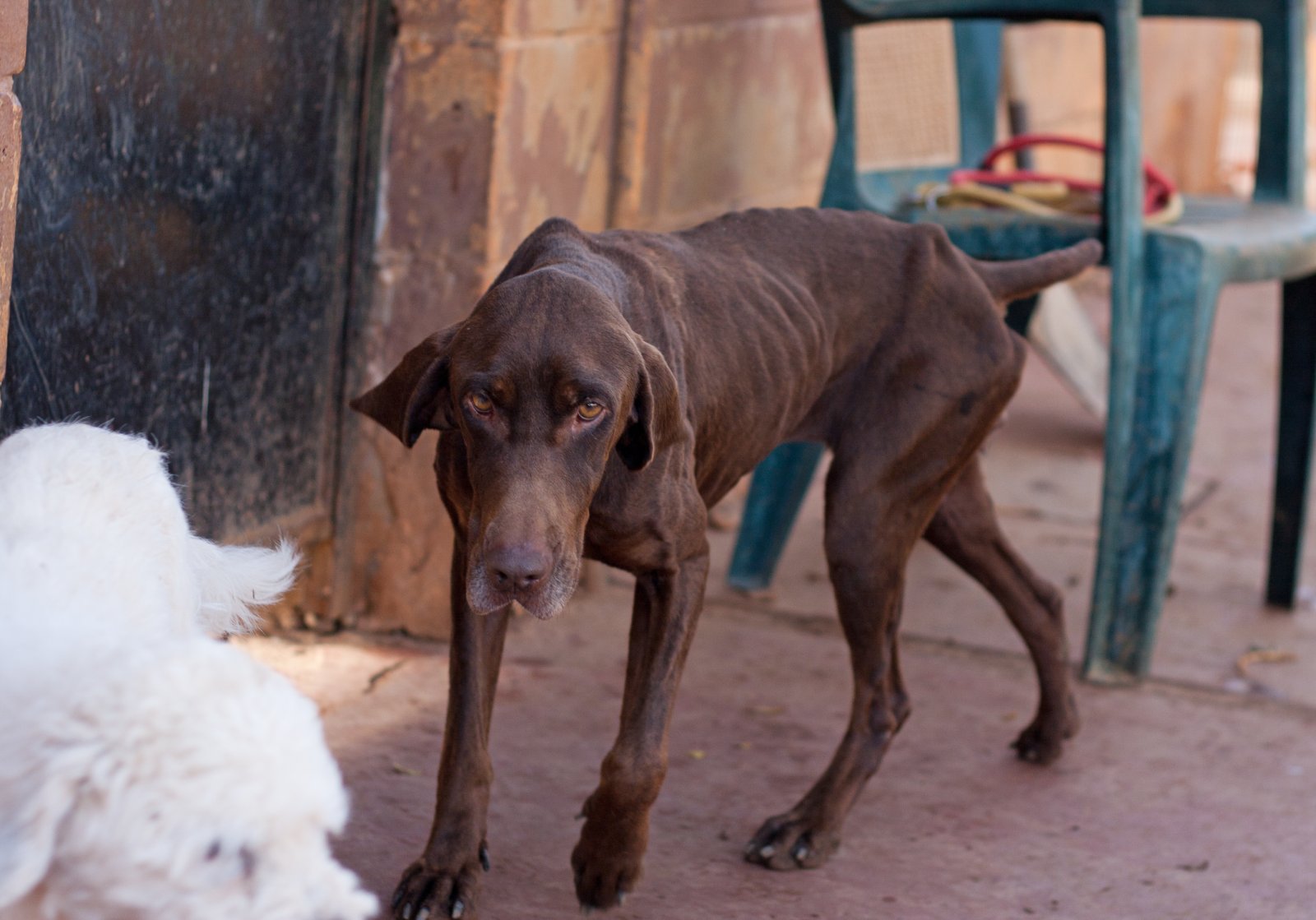Pet hoarding is a deeply disturbing issue that often masquerades as animal love but quickly turns into a nightmare. Why do people hoard animals, and what horrors lie behind their closed doors?
1. The Distorted Mindset

Animal hoarding is often driven by severe mental health issues, including obsessive-compulsive disorder and attachment disorders. Hoarders believe they are rescuing animals but fail to recognise the harm they cause. This delusion results in severe neglect, despite their intentions.
2. Frequency and Scale

In the UK, there are hundreds of cases of animal hoarding each year, although many go unreported. The RSPCA frequently uncovers homes filled with dozens, if not hundreds, of neglected animals. These cases highlight a hidden epidemic that continues to grow.
3. Hidden Horror: The Data

Animal hoarding in the UK impacts an estimated 250,000 animals annually. These cases often involve severe malnutrition, untreated illnesses, and squalid living conditions. Despite the scale of the problem, specific legislation to address hoarding is lacking.
4. The Slippery Slope to Neglect

What starts as a few rescues quickly spirals out of control. Hoarders become overwhelmed, unable to provide basic care. This rapid decline leads to horrific conditions where animals suffer immensely from starvation and disease.
5. Suffering in Silence

Animals in hoarding situations endure extreme suffering. They are often found emaciated, covered in faeces, and riddled with parasites. The psychological trauma is evident, with many animals displaying severe anxiety and fear.
6. Legal Loopholes

The UK lacks specific laws to combat animal hoarding, relying instead on general cruelty laws. This legal gap means many hoarders escape with minimal penalties, perpetuating the cycle of neglect. Stronger, targeted legislation is urgently needed.
7. Public and Social Responsibility

Awareness and intervention are crucial in addressing animal hoarding. Communities must be vigilant, recognising signs of hoarding and reporting them. Mental health services and public education are essential to prevent such tragedies.
8. RSPCA’s Role

The RSPCA is at the forefront of tackling animal hoarding in the UK. They rescue, rehabilitate, and rehome thousands of animals each year from horrific conditions. Their efforts underscore the need for societal support and stronger legal frameworks.
9. Case Study: Wigan’s House of Horrors

In Wigan, a couple was discovered keeping 15 dogs in squalor, surrounded by filth and excrement. The animals were malnourished and infested with fleas. This case exemplifies the urgent need for stricter enforcement of animal welfare laws.
10. Financial Strain on Shelters

Rescuing and rehabilitating animals from hoarding cases is financially draining. Shelters often bear the brunt, with costs for medical treatment, food, and housing running into tens of thousands of pounds per case. This financial strain highlights the need for more funding and support.
11. Mental Health Crisis

Many hoarders suffer from untreated mental health issues, exacerbating their inability to care for animals. Addressing these underlying conditions through better mental health services is crucial to preventing hoarding. Comprehensive support systems are needed to tackle this root cause.
12. Community Impact

Hoarding affects entire communities, not just the hoarder and the animals. Neighbours are subjected to unbearable smells and sights, and local authorities must manage the fallout. Community vigilance and swift reporting can mitigate these impacts.
13. Case Study: Somerset’s Cat Crisis

A woman in Somerset was found with over 40 cats in her small flat, living in deplorable conditions. Many of the cats were sick, and the flat was filled with faeces and urine. This case underscores the importance of community intervention and support.
14. Recidivism Rates

Hoarders often reoffend, highlighting the need for ongoing support and monitoring. Simply removing the animals is not enough; addressing the mental health issues and providing long-term oversight is essential to prevent recurrence.
15. Public Health Hazards

Animal hoarding poses significant public health risks, including zoonotic diseases such as toxoplasmosis and salmonella. The squalid conditions in which these animals live can spread diseases to humans, making swift intervention critical.
16. Case Study: London’s Parrot Plight

An elderly man in London was found keeping over 52 parrots in his home, living in appalling conditions. The birds were malnourished, and the home was filled with filth. This case highlights the diversity of animals affected by hoarding and the need for specialised rescue efforts.
17. Economic Impact

The economic burden of hoarding extends beyond rescue costs. Legal proceedings, rehabilitation, and rehoming efforts require substantial financial resources. More funding and support for animal welfare organisations are crucial to handle these cases effectively.
18. Preventive Measures

Effective prevention strategies include public education, robust reporting mechanisms, and enhanced mental health services. Encouraging responsible pet ownership and early intervention can significantly reduce the incidence of hoarding. Society must recognise and address hoarding as a serious issue.
The Grim Reality

Animal hoarding is a complex and horrific issue that requires a multifaceted approach. By understanding the psychological, social, and legal aspects, we can better protect animals and support those struggling with hoarding tendencies. Are we doing enough to safeguard our pets and ensure their wellbeing?
Featured Image Credit: Shutterstock / Kristin Pineda.
For transparency, this content was partly developed with AI assistance and carefully curated by an experienced editor to be informative and ensure accuracy.

